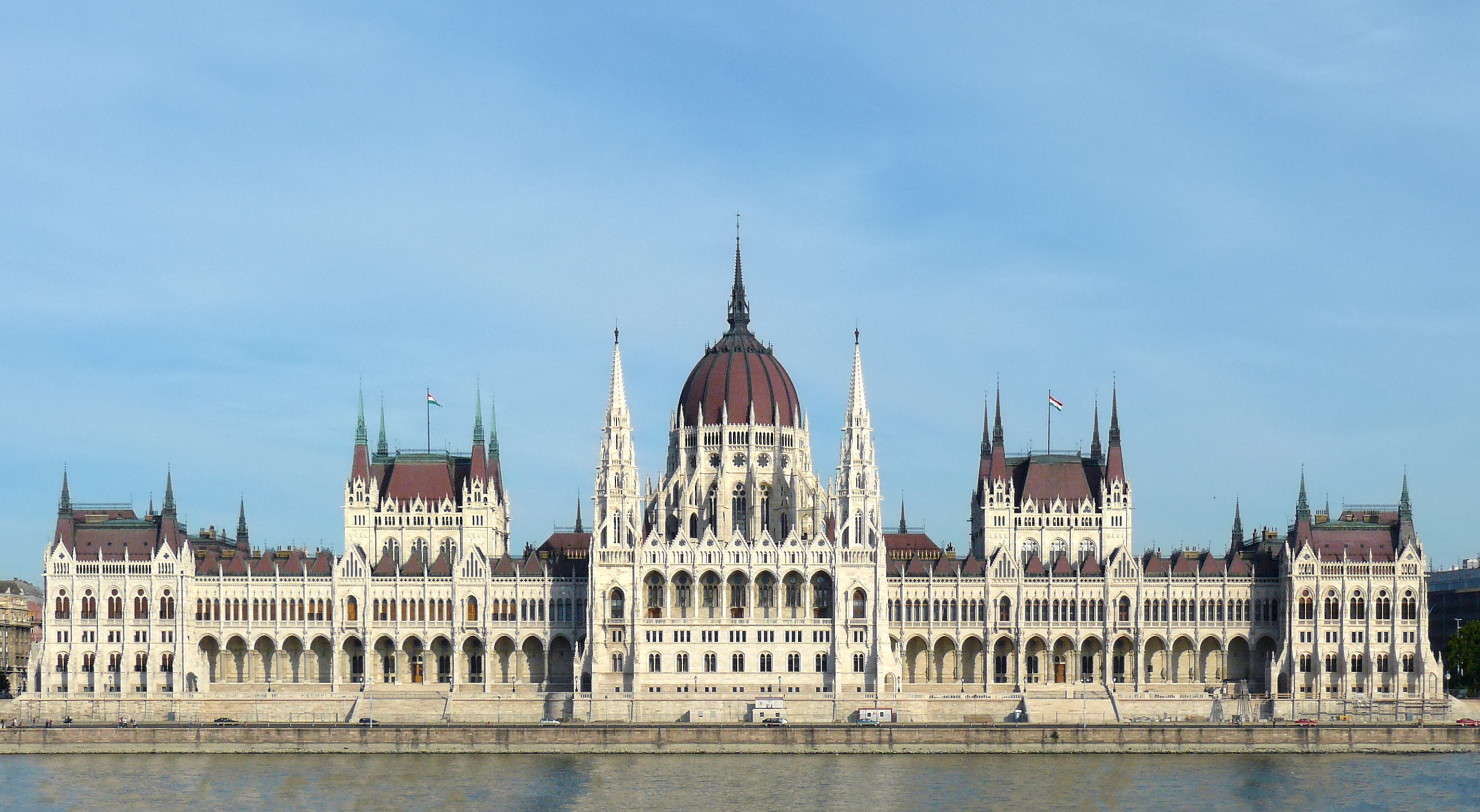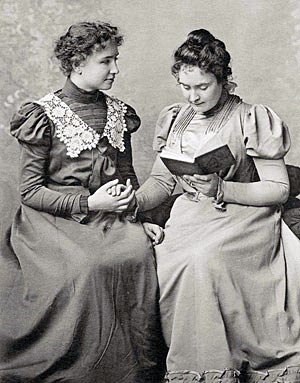|
Zdenko Hudeček
Zdenko Hudeček (22 June 1887 – 28 September 1974) was a Czech-Austrian officer in the Austro-Hungarian Navy. He was one of the most successful Austro-Hungarian submarine commanders of World War I, sinking 11 Allied merchant ships and two Allied warships displacing 44,743 GRT. After the war he joined and shortly served in the Czechoslovak Naval Forces. Early life Zdenko Hudeček was born in the fort town of Theresienstadt (Terezín), Bohemia, Austria-Hungary (present-day Czech Republic) to a family of an army clerk. His father died when Zdenko was five years old. He attended a German-language primary school and later the gymnasium in Znojmo, being finally accepted at the Naval Academy in Fiume (present-day Rijeka). Naval career Beginning in 1910 he served as a deputy officer on various Austro-Hungarian vessels: battleships and , the light cruiser , then the battleship , the torpedo destroyer ''Tb.12'' or the destroyer ''Alligator''. In 1913 he attended a submarine course at ... [...More Info...] [...Related Items...] OR: [Wikipedia] [Google] [Baidu] |
Terezín
Terezín (; ) is a town in Litoměřice District in the Ústí nad Labem Region of the Czech Republic. It has about 2,900 inhabitants. It is a former military fortress composed of the citadel and adjacent walled garrison town. The town centre is well preserved and is protected as an urban monument reservation. Terezín is most infamously the location of the Nazis' Theresienstadt Ghetto. Administrative division Terezín consists of four municipal parts (in brackets population according to the 2021 census): *Terezín (1,875) *České Kopisty (551) *Nové Kopisty (397) *Počaply (139) Etymology The fortress town was named after Empress Maria Theresa (). Geography Terezín is located about south of Litoměřice and southeast of Ústí nad Labem. It lies in a flat landscape of the Lower Ohře Table. It is situated on both banks of the Ohře River, near its confluence with the Elbe. The Elbe forms the northern municipal border. History On 10 January 1780, Habsburg Emperor ... [...More Info...] [...Related Items...] OR: [Wikipedia] [Google] [Baidu] |
Rijeka
Rijeka (; Fiume ([ˈfjuːme]) in Italian and in Fiuman dialect, Fiuman Venetian) is the principal seaport and the List of cities and towns in Croatia, third-largest city in Croatia. It is located in Primorje-Gorski Kotar County on Kvarner Bay, an inlet of the Adriatic Sea and in 2021 had a population of 107,964 inhabitants. Historically, because of its strategic position and Port of Rijeka, its excellent deep-water port, the city was fiercely contested, especially between the Holy Roman Empire, Venice, Italy and Yugoslavia, changing rulers and demographics many times over centuries. According to the Demographics of Croatia, 2011 census data, 85% of its citizens are Croats, along with small numbers of Serbs of Croatia, Serbs, Bosniaks of Croatia, Bosniaks and Italians of Croatia, Italians. Rijeka is the main city and county seat of the Primorje-Gorski Kotar County. The city's economy largely depends on shipbuilding (shipyards "3. Maj" and "Viktor Lenac Shipyard") and maritime ... [...More Info...] [...Related Items...] OR: [Wikipedia] [Google] [Baidu] |
Austro-Hungarian Navy Officers
Austria-Hungary, also referred to as the Austro-Hungarian Empire, the Dual Monarchy or the Habsburg Monarchy, was a multi-national constitutional monarchy in Central Europe between 1867 and 1918. A military and diplomatic alliance, it consisted of two sovereign states with a single monarch who was titled both the Emperor of Austria and the King of Hungary. Austria-Hungary constituted the last phase in the constitutional evolution of the Habsburg monarchy: it was formed with the Austro-Hungarian Compromise of 1867 in the aftermath of the Austro-Prussian War, following wars of independence by Hungary in opposition to Habsburg rule. It was dissolved shortly after Hungary terminated the union with Austria in 1918 at the end of World War 1. One of Europe's major powers, Austria-Hungary was geographically the second-largest country in Europe (after Russia) and the third-most populous (after Russia and the German Empire), while being among the 10 most populous countries worldwide. T ... [...More Info...] [...Related Items...] OR: [Wikipedia] [Google] [Baidu] |
Austro-Hungarian Military Personnel Of World War I
Austria-Hungary, also referred to as the Austro-Hungarian Empire, the Dual Monarchy or the Habsburg Monarchy, was a multi-national constitutional monarchy in Central Europe#Before World War I, Central Europe between 1867 and 1918. A military and diplomatic alliance, it consisted of two sovereign states with a single monarch who was titled both the Emperor of Austria and the King of Hungary. Austria-Hungary constituted the last phase in the constitutional evolution of the Habsburg monarchy: it was formed with the Austro-Hungarian Compromise of 1867 in the aftermath of the Austro-Prussian War, following wars of independence by Hungary in opposition to Habsburg rule. It was dissolved shortly after Dissolution of Austria-Hungary#Dissolution, Hungary terminated the union with Austria in 1918 at the end of World War 1. One of Europe's major powers, Austria-Hungary was geographically the second-largest country in Europe (after Russian Empire, Russia) and the third-most populous (afte ... [...More Info...] [...Related Items...] OR: [Wikipedia] [Google] [Baidu] |
1974 Deaths
Major events in 1974 include the aftermath of the 1973 oil crisis and the resignation of President of the United States, United States President Richard Nixon following the Watergate scandal. In the Middle East, the aftermath of the 1973 Yom Kippur War determined politics; following List of Prime Ministers of Israel, Israeli Prime Minister Golda Meir's resignation in response to high Israeli casualties, she was succeeded by Yitzhak Rabin. In Europe, the Turkish invasion of Cyprus, invasion and occupation of northern Cyprus by Turkey, Turkish troops initiated the Cyprus dispute, the Carnation Revolution took place in Portugal, the Greek junta's collapse paves the way for the establishment of a Metapolitefsi, parliamentary republic and Chancellor of Germany, Chancellor of West Germany Willy Brandt resigned following an Guillaume affair, espionage scandal surrounding his secretary Günter Guillaume. In sports, the year was primarily dominated by the 1974 FIFA World Cup, FIFA World ... [...More Info...] [...Related Items...] OR: [Wikipedia] [Google] [Baidu] |
1887 Births
Events January * January 11 – Louis Pasteur's anti- rabies treatment is defended in the Académie Nationale de Médecine, by Dr. Joseph Grancher. * January 20 ** The United States Senate allows the United States Navy to lease Pearl Harbor as a naval base. ** British emigrant ship '' Kapunda'' sinks after a collision off the coast of Brazil, killing 303 with only 16 survivors. * January 21 ** The Amateur Athletic Union (AAU) is formed in the United States. ** Brisbane receives a one-day rainfall of (a record for any Australian capital city). * January 24 – Battle of Dogali: Abyssinian troops defeat the Italians. * January 28 ** In a snowstorm at Fort Keogh, Montana, the largest snowflakes on record are reported. They are wide and thick. ** Construction work begins on the foundations of the Eiffel Tower in Paris, France. February * February 2 – The first Groundhog Day is observed in Punxsutawney, Pennsylvania. * February 4 – The Interstate Comme ... [...More Info...] [...Related Items...] OR: [Wikipedia] [Google] [Baidu] |
Czech Television
Czech Television ( ; abbreviation: ČT) is a public television broadcaster in the Czech Republic, broadcasting six channels. Established after breakup of Czechoslovakia in 1992, it is the successor to Czechoslovak Television founded in 1953. History 1953–1992: Czechoslovak Television Founded on 1 May 1953, Czechoslovak Television (ČST) was the state television broadcaster of Czechoslovakia used as a Propaganda, state propaganda medium of the then Socialism, socialist state. It was known by three names over its lifetime: , (until 1990), and (from 1990 until 1992). ČST originally consisted of a single channel and limited experimental broadcasting in 1953. Regular broadcasts began on 25 February 1954 and on 10 May 1970, a second channel was launched. The broadcast language of ČST was predominantly Czech in the first channel, Slovak for selected programming, and both for news. The second channel was split into two, broadcasting various "national" language programming in th ... [...More Info...] [...Related Items...] OR: [Wikipedia] [Google] [Baidu] |





